I have a device which will run off a 2.7-60V power source. The voltage may go up to 80V during surges.
I have a couple of input protection circuits which use N or P channel MOSFETs and require pullups or pulldowns.
Currently I am using a resistor along with a Zener to prevent exceeding the MOSFET VDS. I believe the resistor needs to be chosen to provide at least as much current as specified in the gate-source leakage characteristic plus the correct biasing current for the Zener diode. However, sizing the resistor for operation at 60V means there is not enough current at 3V. Sizing it for 3V means there is too much current draw at 60V.
I would like to reduce the quiescent current to close to 10uA (gate-source leakage.) Is this possible?

simulate this circuit – Schematic created using CircuitLab

